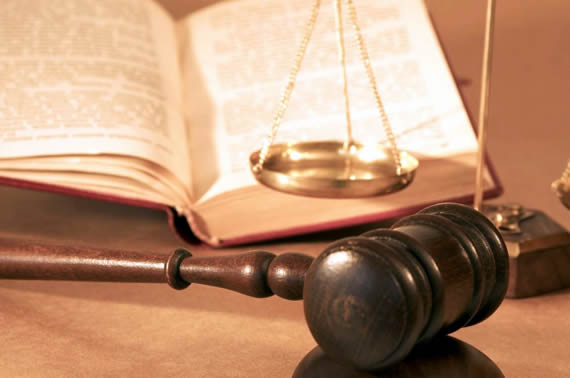(This article has been updated to include a comment on the case from Case Collard, partner at the international law firm Dorsey & Whitney.)
The U.S. Supreme Court on Tuesday ruled in favor of Samsung in its long running smartphone design patent lawsuit battle with Apple. The decision reverses a $399 million damage judgement awarded to the Cupertino firm by a lower court.

The Supremes decide they do not have enough information to rule whether damages should be based on a complete device, or the individual components making up the device. The case will return to a lower court, where Samsung will have an opportunity to regain the money it paid in damages to Apple in 2012.
The lawsuit originated in 2011, when Apple successfully sued Samsung over infringing its patented design of the iPhone, including the device’s rectangular face, rounded edges, and grid of icons on the screen. A lower court awarded Apple $399 million in damages, which was based on Samsung’s profit from the sale of its infringing devices.
Case Collard, partner at the international law firm Dorsey & Whitney who focuses on intellectual property disputes and developing strategies for safeguarding intellectual property rights has been following this case closely and the decision and commented to MacTrast:
“The Supreme Court has given Samsung a slight reprieve. This decision was only about damages, so Samsung’s liability for infringing Apple’s patent still stands. But now, the $399 million damages award will likely be much less after a trip back down to the trial court. The Supreme Court’s decision brings damages law for design patents in to accord with the damages law for utility patents. No longer can a patent holder get all of the profits from the sales of a product infringing a design patent. Instead, they may recover the profits attributable to the infringing feature. Design patents are an often overlooked tool to protect IP. While they are still very valuable, this decision reduces slightly the advantages of a design patent by limiting the amount of damages that can be recovered,” Collard says.


